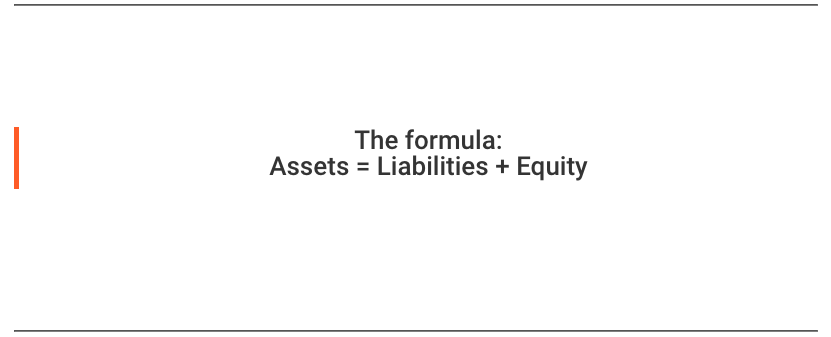As a small business owner or freelancer, keeping track of your expenses might be a simple matter of creating a list of pluses and minuses, commonly known as single-entry accounting. However, when your business starts to grow, and you have more transactions to manage, it might be time to upgrade your accounting system to double-entry bookkeeping.
What is double-entry bookkeeping?
It is a more advanced method of bookkeeping that uses debits and credits to record transactions, filling two sides of a ledger instead of one. By following the accounting equation of Assets = Liabilities + Equity, double-entry bookkeeping gives you a more accurate view of your financial position, cash flow, and profitability.

As a small business owner or freelancer, keeping track of your expenses might be a simple matter of creating a list of pluses and minuses, commonly known as single-entry accounting. However, when your business starts to grow, and you have more transactions to manage, it might be time to upgrade your accounting system to double-entry bookkeeping.
What is double-entry bookkeeping?
It is a more advanced method of bookkeeping that uses debits and credits to record transactions, filling two sides of a ledger instead of one. By following the accounting equation of Assets = Liabilities + Equity, double-entry bookkeeping gives you a more accurate view of your financial position, cash flow, and profitability.
The formula:
Assets = Liabilities + Equity
The purpose of double-entry bookkeeping is to provide you with a clearer picture of where and how your business is spending, earning, and managing its money. It can also help you scale your operations and hold your business more accountable for its spending.
“By using double-entry bookkeeping, your business will be perceived as more legitimate and trustworthy by banks, investors, and potential buyers,” says Jennifer Scott, HireEffect’s founder and CEO.
Double-entry bookkeeping records transactions between business parties, such as customers, vendors, and businesses, as debits and credits. Every financial transaction is recorded as a journal entry, which impacts at least two accounts. When a debit is marked in one account, it counterbalances a credit in another account, ensuring that the system remains balanced.
Double-entry bookkeeping is the foundation of accrual accounting, which allows businesses to record revenue and expenses when they are earned and incurred, rather than when payment for those goods and services is made.
“This method is considered more accurate than cash-basis accounting,” added Scott. “Which records expense and payment transactions only when cash payment has been received or paid.”
When is it required?
Publicly traded companies and businesses that release financial statements to the public are required to use double-entry bookkeeping and adhere to U.S. Generally Accepted Accounting Principles (GAAP), which are established and maintained by the Financial Accounting Standards Board (FASB). Even if your business is private, most lenders require GAAP-compliant financial statements when reviewing loan applications.
4-Step Setup Process
Since a journal entry in a double-bookkeeping system impacts two accounts (debits entered on the left and credits entered on the right), setting up a system has these four steps.
- Creating a chart of account with assets, liabilities, equity, revenue, and expenses.
- Categorizing financial events as debits and credits.
- Using two components for every transaction, meaning debits and credits should always be in balance.
- Running financial statements at the end of each accounting period.
Double-entry bookkeeping is an essential tool for businesses that want to grow and manage their finances effectively. By using this method, you can gain a clearer understanding of your business’s financial position, improve accountability, and elevate your company’s credibility in the eyes of potential investors and lenders.
If you need help setting up your accounts, creating monthly reports, or managing your bookkeeping, give us a call. We have adopted a technology-forward approach to help our clients maximize their bookkeeping efforts.

